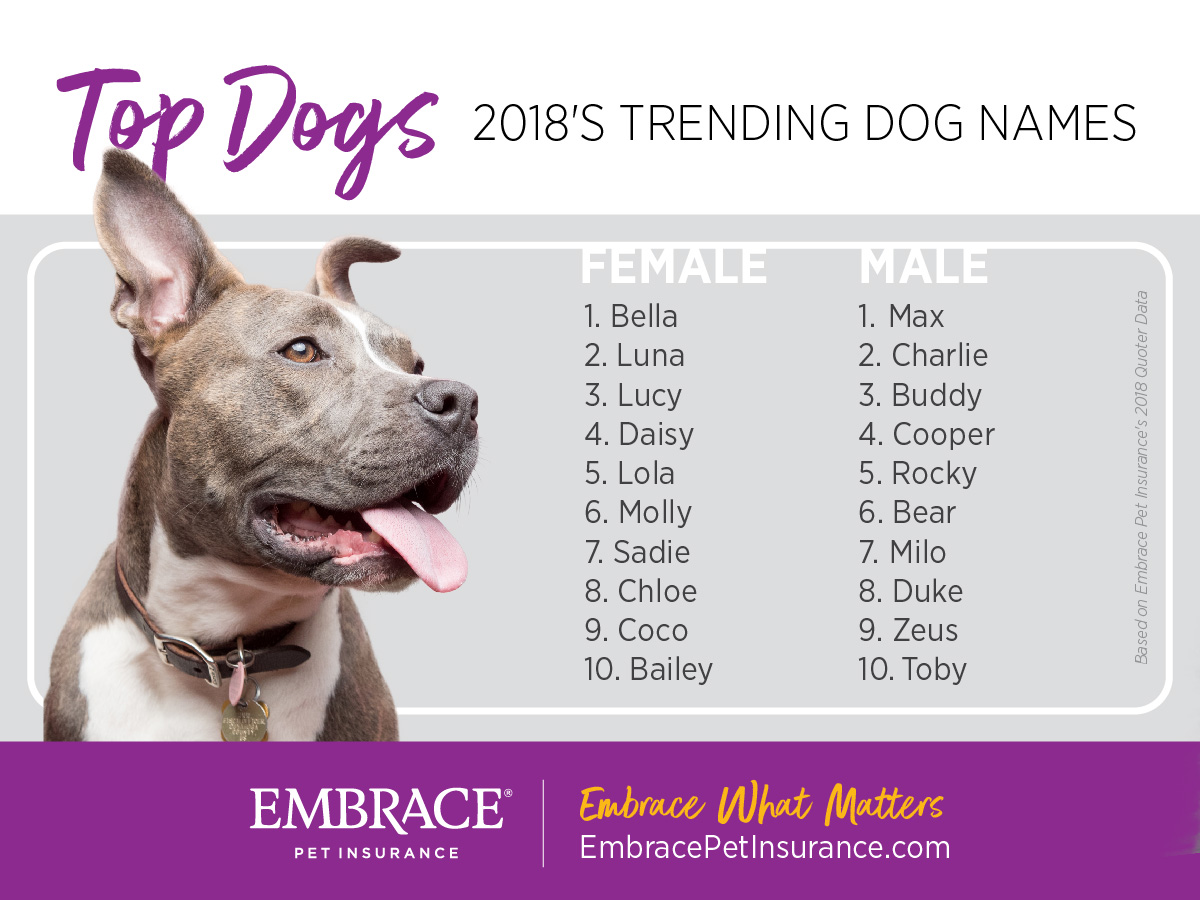{This post may contain affiliate links. This means we may make a small commission at no extra cost to you. This website is a participant in the Amazon Services LLC Associates Program. As an Amazon Associate we earn from qualifying purchases. We only recommend products that we believe will be of value to our followers. Click HERE to see our disclosure for details.}

Adding a puppy to the family is a very exciting time. And if you have children they will be anxiously awaiting the arrival of their new family member. But for the puppy, this can be a very stressful time. He is leaving his mother, his siblings and the only home that he has ever known.
To help people understand just how stressful this can be for a puppy, I always say this to people…Imagine going to New York City (or any large city that you have never been to before) for the first time ever, all alone with no one that you know. You are totally out of your element. You may have the added advantage that you knew ahead of time that you were going to New York City so you could do some research and find out some information. Puppies do not have that advantage though.
So, on top of the stress of being in a totally new place with people that he doesn’t know, add in excited children. We will share with you some tips on how to make the transition easier for your puppy so that he can have a successful introduction with the children in your home.
Wait Until Your Child Is Old Enough
Young children find it hard to contain their excitement. They do not always understand how to properly behave around a puppy or a dog. So, once again, imagine being in New York City all alone surrounded by strangers. Then imagine someone running up to you, squealing, jumping around you and trying to touch you, maybe even pulling your hair or pulling on your ears. You would quickly go into flight or fight mode, to get out of that situation. Puppies are no different. Most puppies would either run for cover or try to nip in order to protect themselves.
Waiting until your child is old enough to learn how to properly behave around a dog is very important. Of course, there are people who are up for the challenge and who are successful with having both a young child and a puppy but this is not for the inexperienced dog owner. And you have to be totally prepared for all of the challenges that come your way.
Always Supervise Your Puppy And Child
I cannot stress this one enough, NEVER leave your puppy and your child together unattended. Children and dogs can be the best of friends but they both need to learn how to behave around each other. If you have a young child, they may pull on the dog or pull his hair, they may sit on him or get in his space. The child would not be able to read the signs if the puppy is uncomfortable with how things are going. A puppy who is scared, feels that his space is being invaded or experiences pain from having his fur pulled might lash out and nip the child. These things can happen very quickly.
Dog bites happen every day and often to children. Use caution no matter how much you trust your child or your dog. Do not leave them unattended together until the child is old enough to understand how to safely interact with the new puppy.
Let The Puppy Approach The Child
Let the puppy adjust to his new surroundings. This is all new to him and he may be nervous. Have the child sit quietly on the floor and when the puppy is ready he will investigate the child. This prevents the puppy from feeling corned or trapped and will prevent him from feeling threatened. A puppy that feels threatened will react in some way and that could end up being running and hiding or if he feels that he can’t escape the situation he could bite.
Before you even bring your puppy home it’s necessary to have a conversation with your child about how to properly introduce the puppy to your home. Explain to your child how scary this may be for your new puppy and how everyone in the house has to let the puppy adjust at his own pace. Some puppies may need very little time to adjust while others may need much longer. It all depends on the puppy and his temperament. But patience is needed by everyone involved to make the change easier for the new puppy.

Model The Way That You Want Your Child To Behave Around The Puppy
Your child learns from watching the adults around her. She will learn how to act around the new puppy by watching you. Show her how to be gentle with the puppy and how to show him attention in a proper way, when he is ready.
Teach your child to let the puppy sniff her hand first before reaching out to pet him. Do not pet him on top of the head, even though that seems to be where we instinctly want to pet them. After he sniffs her hand, teach her to pet him under the chin and work her way back over his body. Never make any sudden movements, especially around a nervous dog.
Include your child on walks and in training the puppy. Not only does this teach your child how to properly train the dog, it will keep things consistent so that your dog gets used to everyone doing things the same way in your home. He will hear the same commands and he will get used to the routine. Training goes a lot faster and smoother when there is consistency.
Have The Child Remain Calm
Your child should remain calm. Any loud noises or sudden movements from your child could startle your puppy and make him want to hide or nip. Things like this could cause him to take longer to settle in. So, no matter how tempting, your child should not run after the puppy trying to pet him or hug him. Teach your child to be calm and explain the importance to her so that she fully understands.
Don’t Allow Your Child To Go Around The Puppy When He Is Eating Or Sleeping
Some puppies do what is called resource guarding. They do not want anyone around their food and they will do what they have to do in order to protect it. This is often nipping whoever comes close. Your puppy will need to be taught not to resource guard, some puppies are very good about this while others have to be taught that humans can go near their food bowls. Regardless, it’s best to teach your child to stay away from the dog while he is eating, especially in the beginning when you don’t know if your puppy will resource guard or not.
If a sleeping puppy is woken quite suddenly, he may be startled. A puppy that is nervous to begin with could lash out if he is startled while sleeping. Explain this to your child so that they understand to give the puppy his space while he sleeps.
Children and puppies go great together when both are given the opportunity to do things properly. It’s important to train your puppy how to act around children. And it’s also important to train your children how to act around the puppy. Once this happens and they get used to each other, chances are that they will be best of friends.





